
Why On-Site Generation?
On-site liquid nitrogen production provides a range of operational and economic benefits over traditional bottled or bulk supply methods. By integrating a self-contained liquid nitrogen system into facility infrastructure, high-purity nitrogen can be generated on demand, eliminating dependence on third-party logistics. This approach improves supply stability, lowers costs, and reduces carbon emissions associated with deliveries.
Why Noblegen?
Noblegen has been a leading manufacturer of high-quality liquid nitrogen generators for over 30 years. With this experience, we have continued to improve our generators to offer the best solution for industries.

Expert experience
More than 30 years' experience designing and manufacturing cutting-edge liquid nitrogen generators which are used across the globe in many industries.

Cost effective
By producing your own liquid nitrogen on-demand, you no longer need to rely on deliveries of bulky dewars. Irregular, unreliable, and subject to external market factors, dewars are an outdated method of liquid nitrogen supply.

On site support
When you buy your liquid nitrogen generator, the service does not stop there. We are dedicated to supporting your instrument long after you've purchased.
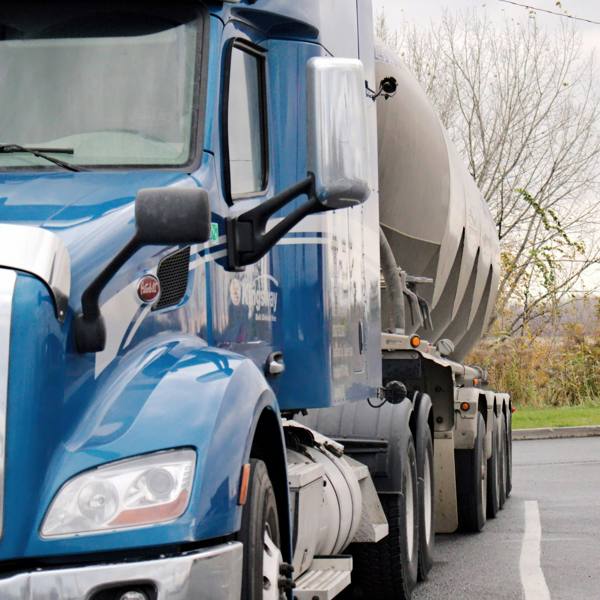
Safety concerns around liquid nitrogen transport
Transporting liquid nitrogen poses several safety risks due to its extremely low temperature and tendency to rapidly evaporate into a gas. In confined spaces, such as hallways, lifts, and badly ventilated buildings, nitrogen gas can displace oxygen, leading to asphyxiation. Exposure to nitrogen gas causes discomfort in breathing, while prolonged exposure of vapour or cold gas can have a serious effect on the lungs.
The liquid phase can also cause thermal injuries upon contact with the skin or eyes. Poorly managed pressurised systems, as well as broken dewars or containers may result in:
- Dangerous leaks or spills during transportation
- Pressure build up during transit due to boil-off
- Accidental gas and vapour exposure causing respiratory damage
- Tissue damage from direct contact with cryogenic surfaces
Although the proper use of PPE (insulated gloves, face shields, and coats) can mitigate some of these risks, eliminating the need for routine deliveries by generating nitrogen on-site significantly improves overall operational safety.
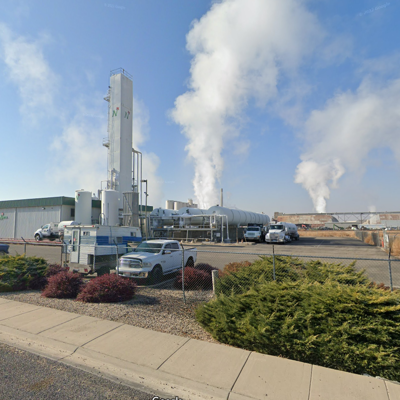
The hidden costs of bulk delivery
Bulk supply of liquid nitrogen will always be reliant on the schedules and availability of external suppliers. In remote or congested urban areas, difficulty of access causes further opportunities for operational disruption.
On-site generation provides a controllable and much more predictable system. After the initial capital investment, recurring costs are largely limited to electricity and routine maintenance, which makes it easier to predict future costs and eliminates the need to factor in the changing delivery prices into operating budgets.
The most notable limitations of bulk supply include:
- Boil-off losses during storage and delivery, often reaching 20–30%. These losses occur continuously from dispatch through transport, decanting, and storage at the facility. Despite the waste, the customer bears the full cost of the lost nitrogen.
- Lack of ability to secure supply during short-notice demand spikes or adverse events, causing downtime and disruption.
- Increased carbon emissions associated with transportation.
- Variable pricing linked to market fluctuations.
Safe, secure, yours. Explore our range of generators
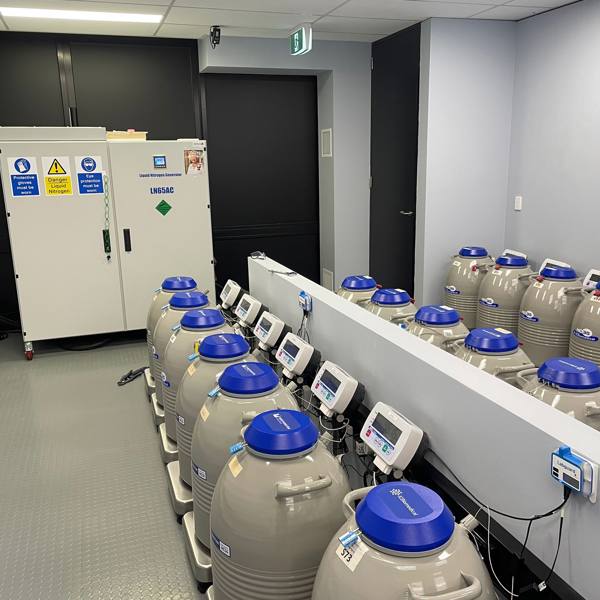
Reduce boil-off with on-site generation
Recapturing and reliquefication of boil-off
When an LN₂ generator's storage reaches capacity, any boil-off gas is not lost to the atmosphere. Instead, it gets captured and recondensed back into liquid form. This closed-loop system ensures that nitrogen is not wasted, even during periods of low usage.
Elimination of delivery-related losses
Using a generator helps to avoid a significant portion of losses occurring during dewar transport. Dewars lead to cumulative losses, whereas generators are able to maintain efficiency.
Reducing overstocking risks
With deliveries, organisations must estimate demand and place their orders accordingly, which can lead to accidental over-purchasing that causes excess boil-off. On-site generators help minimise storage time and thus associated boil-off losses.
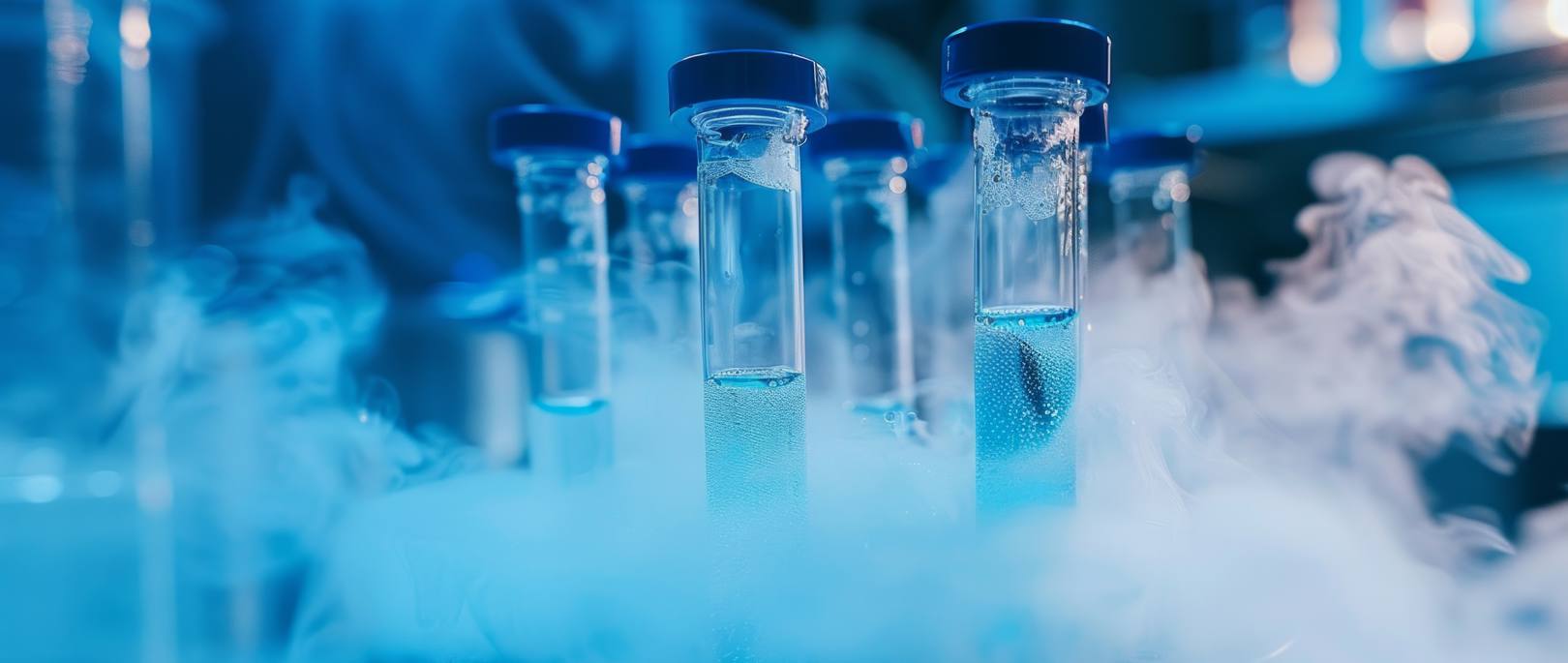
How do liquid nitrogen generators work?
Compression, filtration, Pressure Swing Adsorption, cold head, liquefaction, storage and dispense - liquid nitrogen generators produce nitrogen on-site by combining several key processes. This seamless process delivers a constant, cost-effective supply of LN₂ without the need for deliveries. Learn more and discover how our generators work.

How does on-site liquid nitrogen generation support sustainable operations?
The adoption of liquid nitrogen systems contributes to long-term sustainability goals. On-site LN2 production eliminates the need for cryogenic tanker deliveries, thereby reducing associated greenhouse gas emissions and the energy input required for long-distance transport.
Generators optimised for performance and the user’s requirements provide an alternative that’s far safer, more dependable, but also more efficient due to their low power consumption and ability to generate only as much liquid as necessary. Reduce expenses on processing, refills, and deliveries while contributing to a lowered carbon footprint.
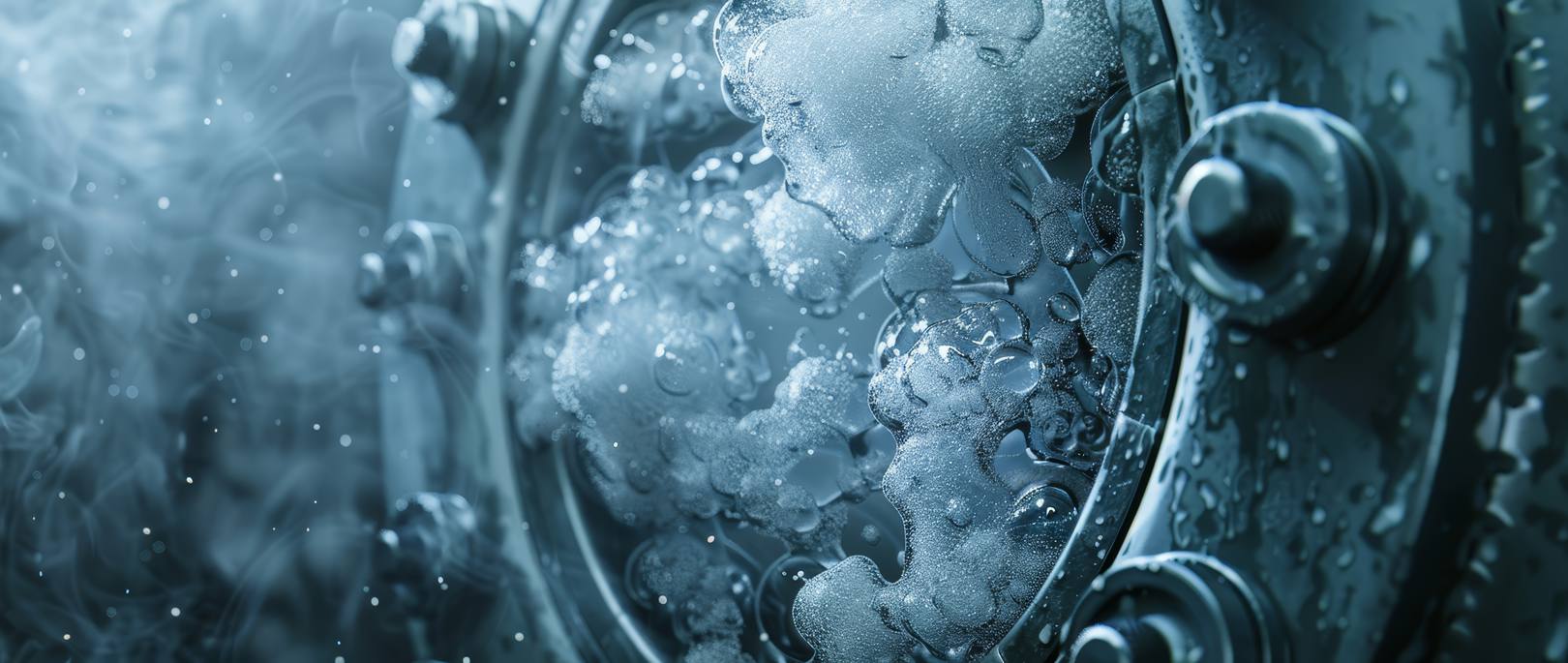
Conclusion
On-site liquid nitrogen production via modern liquid nitrogen generators offers substantial advantages in terms of safety, cost control, supply security, and environmental impact. By decoupling nitrogen supply from external logistics and integrating generation into internal operations, facilities benefit from a more reliable, efficient, and sustainable model for cryogenics.
Start your transition to on-site generation today.
Frequently Asked Questions
How cold is liquid nitrogen?
Liquid nitrogen has a boiling point of -196°C (-321°F). This extremely low temperature makes it ideal for applications requiring rapid and deep cooling.
For example, in cryotherapy, it allows for the precise freezing of skin lesions and warts with minimal damage to surrounding areas. In scientific research, it is used to preserve biological samples, cool superconducting magnets, and create controlled low-temperature environments for experiments.Liquid nitrogen also enabales the storage of human embryos, eggs, and sperm for fertility treatments, and many other applications across a diverse range of scientific, agricultural, and medical fields.
Is liquid nitrogen dangerous?
Liquid nitrogen is safe when handled properly, but it can be hazardous if misused. Its extreme cold can cause severe frostbite on contact with skin, and it displaces oxygen in enclosed spaces. On-site LN2 generation reduces risks associated with transportation and storage by eliminating the need for large, pressurised deliveries.
Is nitrogen flammable?
No, nitrogen is an inert, non-flammable gas. It does not burn and does not support combustion. This makes it a safe choice for use in medical and industrial environments.
Is liquid nitrogen edible?
While liquid nitrogen is sometimes used in food preparation, it should never be consumed. Direct ingestion can cause severe internal damage. Always ensure LN2 is handled by trained professionals.
How much does liquid nitrogen weigh?
Liquid nitrogen weighs approximately 6.745 pounds, or 3.06 kg per gallon. This means that 1 litre of liquid nitrogen weighs approximately 1.78 pounds, or 0.8 kg.
Where to buy liquid nitrogen?
Instead of relying on third-party suppliers and delivery schedules, you can generate your own liquid nitrogen on-site using one of our LN2 generators that are able to produce between 5-800 litres per day. This provides a cost-effective, continuous supply without storage limitations, safety concerns or delivery delays.
How much boil-off is to be expected during transit?
Boil-off refers to the natural evaporation of liquid nitrogen during storage. With traditional dewars or delivered LN2, boil-off losses can go up to 30%, depending on insulation and usage rates. On-site LN2 generation minimises boil-off by producing nitrogen only when needed, reducing waste and operating costs.
How easy is it to use your nitrogen generators?
Noblegen products are easy to set up and use. With routine maintenance, they require little upkeep. The plug-and-play systems are equipped with smart level sensors and built-in safety interlocks that automatically respond to pressure, temperature or fault conditions. The result is not only a generator that’s easy to use, but one that’s safe to operate and accessible to all users. Read more about our generators and how we can support you get the most out of them.

